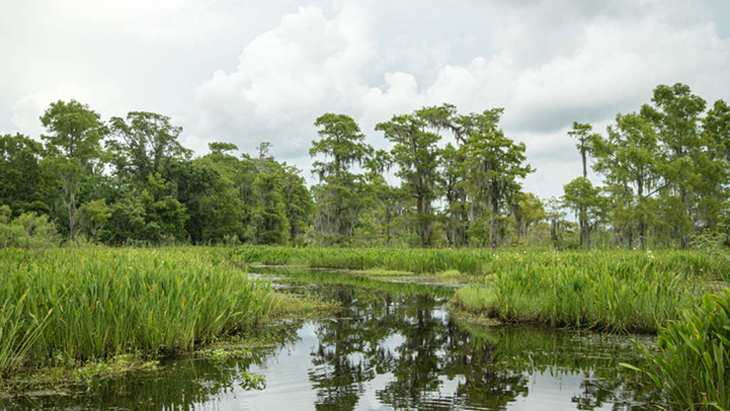By: Alfredo Carpineti/IFL Science Researchers from Tulane University in New Orleans have released a new study on the sinking of the Louisiana coast and things are not looking good for the Child of the Mississippi. Its sinking rate is greater than previous estimates for the state.
The research, published in the Geological Society of America, suggests that 274 locations across the state’s coastal areas are experiencing an average subsidence of 9 millimeters (plus or minus 1 millimeter) per year. In previous studies, a sinking of more than 8 millimeters per year was considered the worst case scenario.
The team wrote in their paper: “Worst case scenarios with subsidence rates of 8-10 mm yr−1 that have been used in predictions for the Mississippi Delta throughout the 21st century are in fact reflecting the conditions that exist in coastal Louisiana today. Perhaps worst case scenarios should be considered the new normal.”
The difference in height in the various locations were measured using ground steel rods containing pins, which were put in place between six and 10 years ago. Researchers have been regularly monitoring the difference between the height of the pins. They also used 13 GPS stations that were anchored at least 15 meters (50 feet) below the surface to study the effects of the sinking at a deeper level.
The steel rods gave an indication of how much mass was lost due to sediment deposition. Some locations are getting too much sediment, with the area sinking due to its own weight. Other regions are simply not getting enough sediment, which means erosion is taking away huge chunks of lands. Over the last half a century, the entire Louisiana coastline has experienced a wetland loss equivalent to the area of Delaware.
The GPS stations captured the deep subsidence component, like how the melting of glaciers and thawing of arctic regions are shifting the weight of the continent. All of these estimates don’t take into account the rising sea level, which suggests Louisiana is more at-risk than many other coastal states. This is because the sea level in Louisiana is rising about four times faster than the global average.
The combined map is fairly consistent across the locations, but the research team clearly state that there was high variation between specific monitoring sites. The study focuses on the wetlands and doesn’t include urban and agricultural areas since artificial factors might overplay or underplay the changes in terrain.
The situation is serious and urgent measures are needed before it’s too late and more of Louisiana’s precious wetlands are lost forever.




